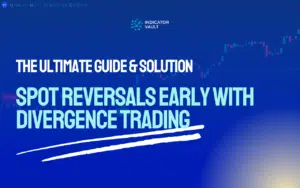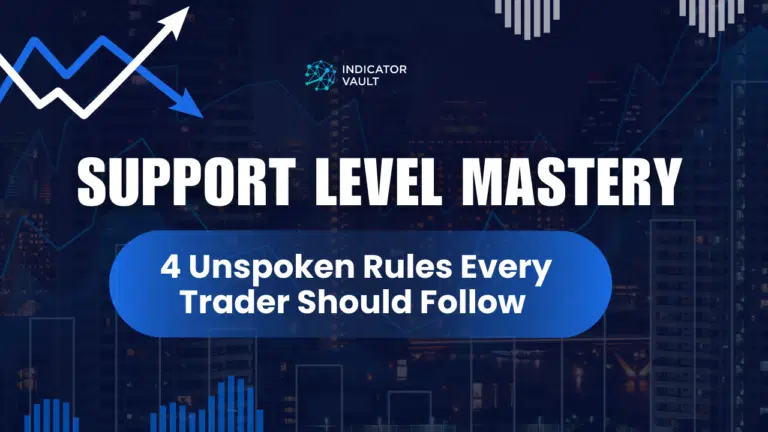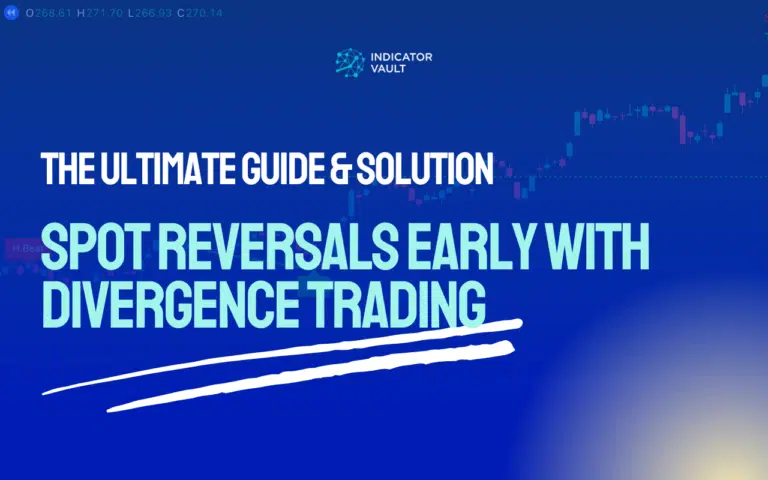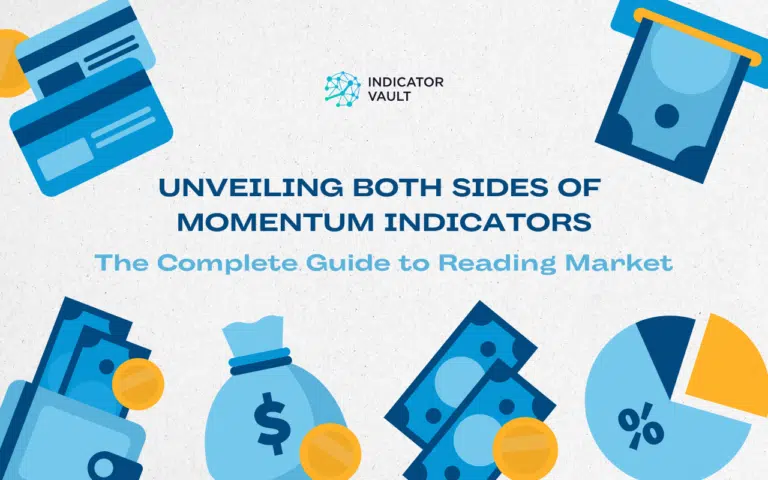Bollinger Bands is one of the most reliable technical trading tools only a few traders understand. You can boast of this knowledge by taking this guide now.
Table of Contents
1. Introduction
Many technical analysts have testified to the brilliance of one of their predecessors’ works – Bollinger Bands. The indicator may seem bland, complex, or even overwhelming, but give it a chance, and it could be the missing piece in your best strategy yet.
Keep reading this article to understand these bands’ intricacies and possible applications. You’ll also get one of its exclusive developments to storm and dissect any market today.
2. Understanding The Elements of Bollinger Bands
1950-born John Bollinger has always been an avid financial analyst with impressive contributions to various trading disciplines. He’s been on financial news networks, tried to bridge fundamental and technical analyses, and founded a few related firms.
However, one of his standout works is the proven formulas he compiled into one powerful indicator.
Bollinger Bands (as it’s known today) is a popular trading tool for analyzing price volatility. It first came into the limelight in the 1980s but has now made its way to top technical analysts’ arsenal.
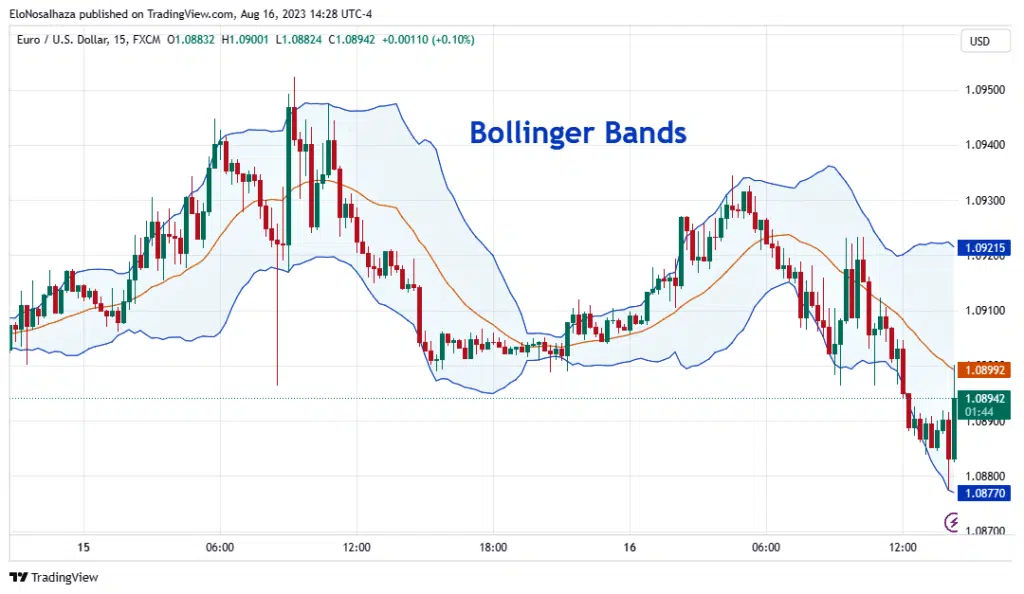
As shown above, most trading platforms plot the indicator on the price chart. It may feel distracting for first-timers, but everyone gets used to it over time.
Here are the three major parts you’ll discover from the basic version John Bollinger constructed:
2.1 Middle Line
The Middle Line in the indicator is usually a Simple Moving Average (SMA) of a particular period.
Technical analysts generally embrace the 20-period line Bollinger first used, but most trading platforms allow users to tweak it. The Upper and Lower bands will use any period you eventually settle for calculations, so exercise caution when altering this.
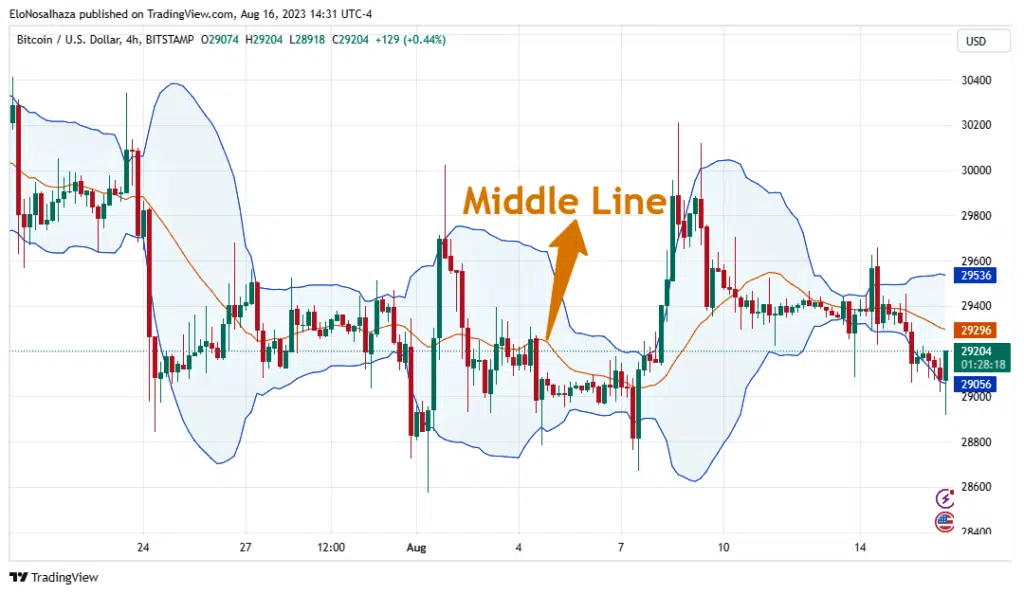
2.2 Upper Band
As discussed, the Upper Band is a product of the Middle Line. It forms by adding a particular number of standard deviations to SMA’s period.
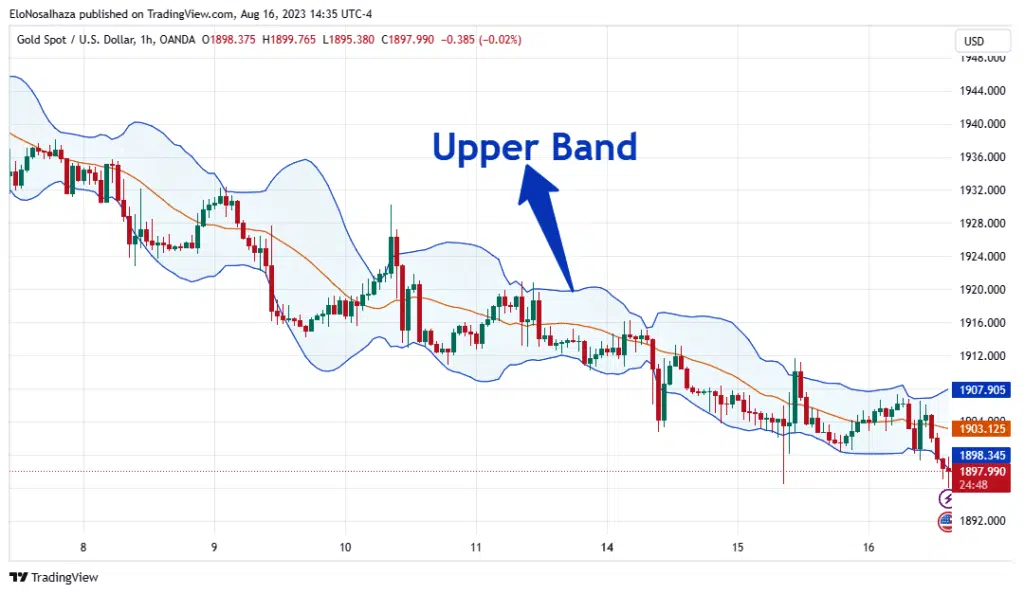
Here’s the mathematical representation:
Upper Band = (MA + Kσ)
Where,
MA = Moving Average
K = Multiplier of the standard deviation
σ = Standard deviation
As first calculated by Bollinger, the most common value of K is 2, making the Upper Band appear two standard deviations above the Middle Line.
2.3 Lower Band
The Lower Band is the direct opposite of its upper counterpart. Hence, it results from subtraction and not the addition of some standard deviations of the Middle Line.
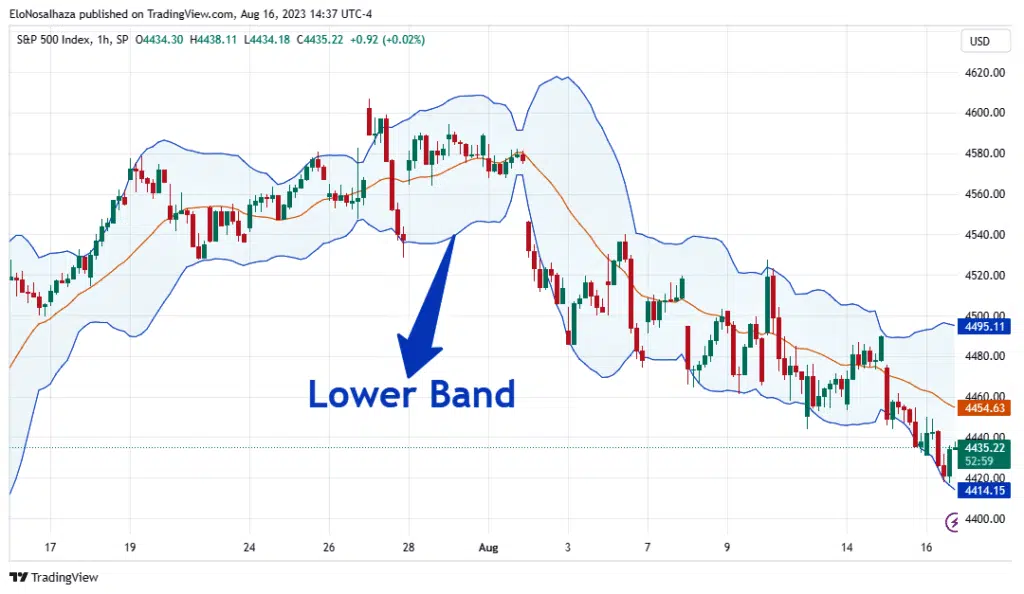
Mathematically,
Lower Band = (MA – Kσ)
K is also typically 2 in the calculation, resulting in the two-standard deviation lower position of the bands.
3. Practical Applications of Bollinger Bands in Trading
Like almost every indicator, independent traders can and have adapted Bollinger Bands in various ways. Some cherish it as a solo forecast tool, while others only study it to understand prices’ historical nature.
In a nutshell, below are the most popular direct applications of the indicator thus far:
3.1 Volatility Assessment
Volatility assessment was the primary reason behind its creation.
Being an options trader in the ’80s, John Bollinger experienced these conditions several times. Hence, he needed a trusted method to analyze them for more informed decisions.
Based on the calculation, the wider the bands get, the higher the volatility. Conversely, the more it contracts, the less the volatility.

Pro traders prefer to sit out trading during highly volatile periods until it becomes more auspicious. For others, understanding these conditions can signal potential bullish or bearish breakouts.
There’s no right or wrong in this. How you choose to use it is in your hands.
3.2 Trend Identification
Another simple way to use Bollinger Bands is to identify underlying trends that may not be so clear.
Devotees to this idea believe that the conditions are bullish when the candlesticks continuously trade near the Upper Band. On the other hand, a downtrend may be underway when the price hovers around the Lower Band.

Perhaps, this may not be so effective when used alone. Thus, it’s better combined with other trading concepts.
It can play a huge role in any strategy when used adequately.
3.3 Overbought and Oversold Conditions
A general trading concept states that when market prices are overbought, one should expect a bearish reversal. Similarly, when they are oversold, a bullish reversal is imminent.
How can you tell when these periods are manifesting with Bollinger Bands?
Investopedia discussed it in great detail, but concisely, you only anticipate a break out of the bands. It relies on the concept of mean reversion of an asset’s price.
When the candlesticks break above the Upper Band (especially in a bearish market), the market is overbought. Conversely, it is overbought and set for a reversal when its breaks below the Lower Band.
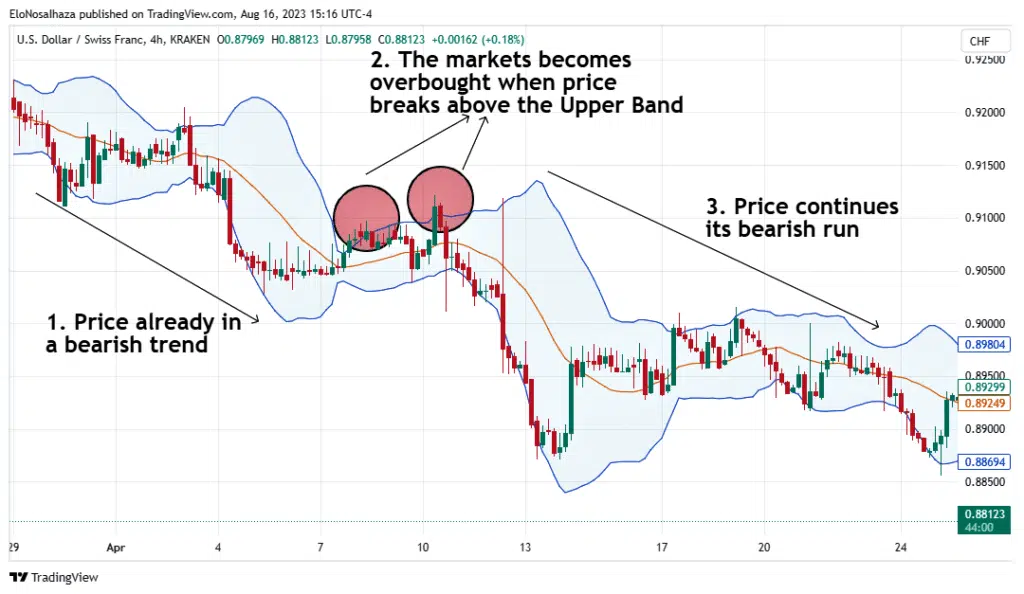
4. The Ultimate Bollinger Bands Trading Strategy
When introducing the indicator, John Bollinger never advised any trader to use it as a standalone trading plan.
Instead, including one or more uncorrelated tools provides better signals. RSI, MACD, and on-balance volume are some of his favorites.
For this ultimate strategy, Indicator Vault has combined the power of MACD and Bollinger Bands to ensure you stay ahead of the curve.
The MACD Bollinger Pro for TradingView is the best trend identifier out there. It signals upcoming bullish and bearish conditions with the cross of a dotted line above and below the bands.

When it breaks above or below the Upper and Lower Bands, an uptrend or a downtrend is imminent, respectively. The trend is neutral when the dots remain between them.
Concisely, here are some significant benefits users get from it:
- Ease of entering potential trends at the earliest stage
- Knowledge of when the price is in a neutral/consolidation phase
- Flexibility to trade any instrument in any timeframe desired
- Ability to customize the indicator to your taste
Seems like a dream come true? Click here now to discover more about this game-changing trading system.
5. Conclusion
Bollinger Bands is one of the most revered trading tools in the technical world. It is customizable on most platforms, and each one works with a Moving Average and two resulting bands.
Traders use the indicator to analyze prices’ volatility, discover overbought and oversold levels, and identify potential trends. However, the most recommended strategy is with Indicator Vault’s MACD Bollinger Pro for Trading View.
You can share your results with it below in the comments section for more engaging chats.
Everyone deserves a winning strategy. Thus, feel free to pass this content on to friends and colleagues on social media.





